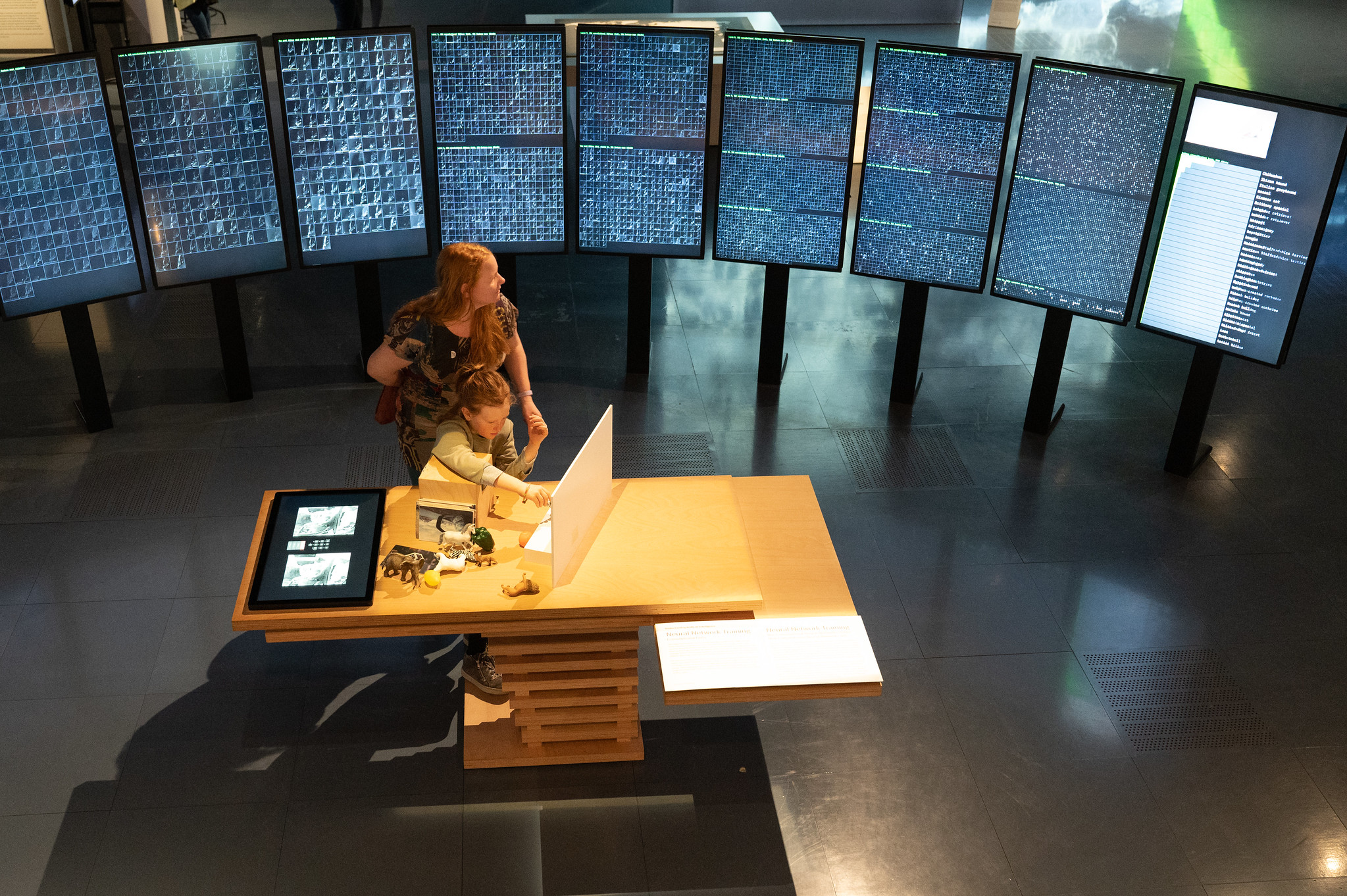What is artificial intelligence? And what do we actually know about human intelligence? How intelligent can artificial intelligence be in comparison? And more importantly: what effects will the advances in this field have on our society?
Artificial intelligence offers plenty of room for speculation about the future. What is certain is that this technology has already changed our everyday life in far-reaching ways and will continue to do so. We have already been supported by algorithms in a wide range of areas such as autonomous driving, security technology, marketing or social media for a long time.
Artificial intelligence is even used to create works of art. But how many of our tasks do we want to outsource to machines? No other development in our time poses such a clear question about how we want to employ our technological means in a societal context.
Social transformation due to artificial intelligence is already in full swing. In order to get our bearings with it, we need a basic understanding of this technology. Understanding AI presents the most important technical aspects of artificial intelligence as well as concrete examples of how they are used.
Here visitors can discover how machines and their sensors “perceive” the world in comparison to humans, what machine learning is, or how automatic facial recognition works, among other things. They can also learn about various social and ethical issues such as deep fakes (deceptively genuine-seeming pictures or videos made automatically using neural networks), the effects of using digital methods for profiling, and the hidden side of our everyday electronic devices such as smartphones.
New creative applications made possible by artificial intelligence are also on display for visitors to experience. There are no easy answers about how to use artificial intelligence or what its dangers are, but Understanding AI provides a broad basis of information to help us navigate this complex field.
Exhibits
-

Activation Atlas
Shan Carter, Zan Armstrong, Ludwig Schubert, Ian Johnson, Chris Olah
The Activation Atlas is a method for representing processes in an artificial neural network during image recognition.
-
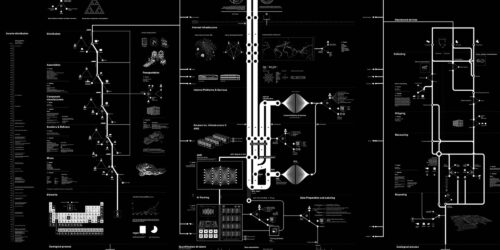
Anatomy of an AI
Vladan Joler (RS), Kate Crawford (AU)
Anatomy of an AI uses the example of Amazon Echo to show the countless components and factors behind the production of artificial intelligence systems.
-

Chinese AI News Anchor
Xinhua
In November 2018 China‘s state news agency, Xinhua, presented its first AI newsreader.
-
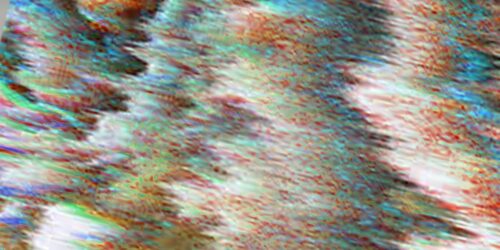
Computer Vision Fails
Machine-based image recognition and generation can already produce fantastic results, but machines cannot always handle data perfectly.
-
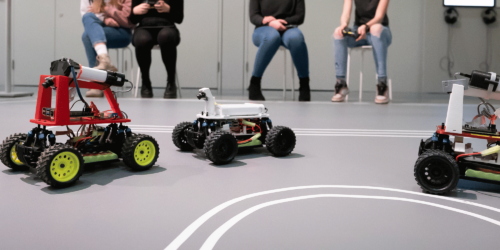
Donkey Cars
Autonomous machines: Ars Electronica Center’s self-driving Donkey Cars can maneuver from A to B without human control.
-
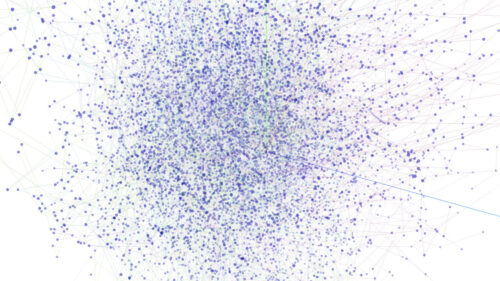
Embedding Projector
TensorFlow
The Embedding Projector by TensorFlow shows a visualization of vector spaces.
-

European Artificial Intelligence Act
The AI Act is the European Union’s first comprehensive law on the regulation of Artificial Intelligence. It is intended to ensure that AI is used responsibly—for the benefit of society, without jeopardising human rights, security or democratic values.
-

EYES
Lucas Zanotto (IT)
EYES is series of experiments with kinetic sculptures.
-

face2face
Matthias Nießner (DE)
The TUM Visual Computing Lab by Matthias Nießner at the Technical University of Munich is experimenting with a face-transfer software in real time.
-

Forma Fluens
Mauro Martino
Forma Fluens (Latin for “flowing form”) shows an overlapping collection of drawings made by over a billion people.
-

GauGAN
NVIDIA – Taesung Park, Ming-Yu Liu, Ting-Chun Wang, Jun-Yan Zhu
GauGAN is an application that is able to generate complex landscapes with only a few brushstrokes.
-

Gender Shades
Joy Buolamwini, Timnit Gebru
Joy Buolamwini and Timnit Gebru investigated into the bias of AI facial recognition programs.
-

Glow
Diederik P. Kingma, Prafulla Dhariwal; OpenAI
In this application, certain external features of people can be manipulated using a controller.
-
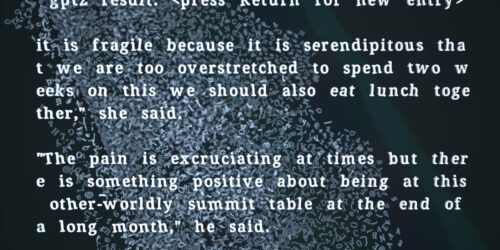
GPT-2: Sprachfelder
GPT-2 is a machine learning model that has been trained to complete English-language texts on its own.
-

Hands on AI
Advances in artificial intelligence are shaping our everyday lives in many ways. At this point, you will have the opportunity to familiarize yourself with current applications.
-

How Animals and People See the World Differently
National Geographic
The video by National Geographic explains how the eye has developed over the course of time, and takes on the question of how animals would be able to see the world.
-
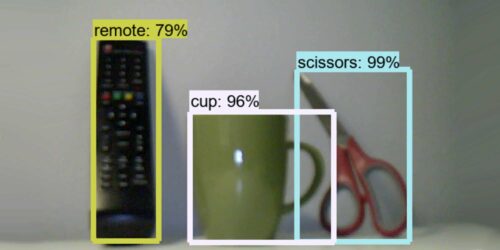
Keypoint Detection
Institute for Machine Learning, JKU Linz (AT)
Experience the performance of deep learning algorithms in a live environment.
-

Learning to See: Gloomy Sunday
Memo Akten (TR)
Learning to See is an ongoing series of works that use the latest machine learning algorithms to reflect on how we understand the world.
-

MegaPixels
Adam Harvey (US), Jules LaPlace (US)
The project aims to provide a critical perspective on machine learning image datasets.
-

Moral Machine
Moral dilemmas presented by street traffic.
-

Neural Network Training
Ars Electronica Futurelab (AT)
Train different Neural Networks and see how artificial intelligence behaves based on your input.
-
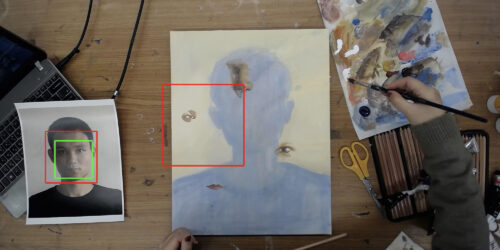
Nonfacial Portrait
Shinseungback Kimyonghun (KR)
Painters were invited and asked to create portrait paintings of a person that would not be recognised by facial recognition software.
-

Obama Deep Fake
Jordan Peele
Jordan Peele transferred his own facial movements to Obama’s facial characteristics using deep fake technology.
-

pinocchio
Ars Electronica Futurelab (AT)
Two industrial robot arms as puppet players. Via an app developed by the research unit “Creative Robotics” at the University of Art and Design Linz, visitors can control the two robotic arms with the smartphone and the puppets attached to them can be moved.
-
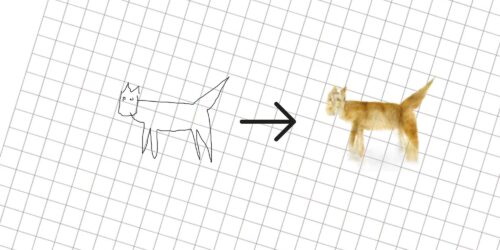
Pix2Pix: GANgadse
Ars Electronica Futurelab (AT)
With the pix2pix procedure, users can draw free sketches which are then turned into cat pictures by a conditional generative adversarial network (cGAN).
-

PixelPlayer
Computer Science and AI Lab, Department of Brain and Cognitive Science, MIT (US)
PixelPlayer is a system that learns to localize the sounds that correspond to individual image regions in videos.
-

Project Alias
Bjørn Karmann, Tore Knudsen
Alias is a teachable “parasite” designed to give users more control over their smart assistants, both in terms of customisation and privacy.
-

ShadowGAN
Ars Electronica Futurelab (AT)
The ShadowGAN interprets mountains in everything it sees, even the human form.
-

The Brain Dictionary
University of California (US)
Scientists at the University of California in Berkeley have created an interactive map that shows which brain areas react to hearing different words.
-
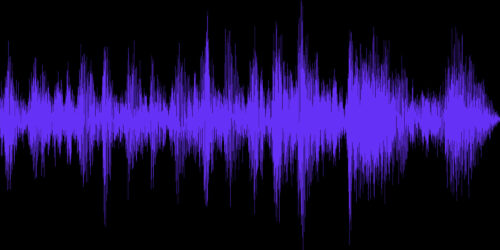
The Listening Machine
Institute of Computational Perception, JKU Linz (AT)
Can a machine “listen,” and can it “understand” what it listens?
-

This Person Doesn’t Exist
Tero Karras, Samuli Laine, Timo Aila
These people do not actually exist. They were generated entirely by a machine—a specialized form of Generative Adversarial Network (GAN) called the StyleGAN.
-
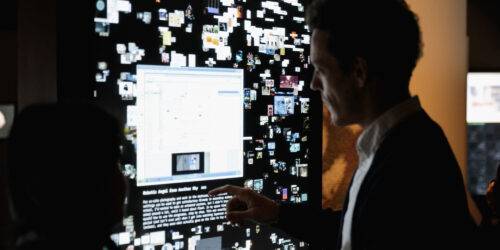
Vector Space: Prix Ars Electronica Universe
Ars Electronica Futurelab (AT)
All entries for the Prix Ars Electronica, a competition run by Ars Electronica, submitted since the Prix archive was established in 1987 are collected in this network.
-
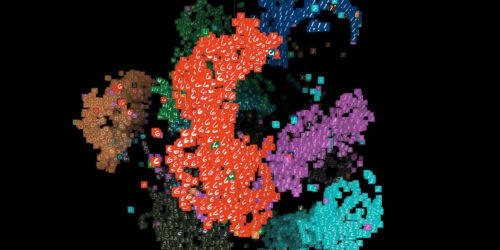
Visualizing High-Dimensional Space
Experiments with Google
This video from Experiments with Google explains how a multidimensional vector space works in machine learning.
-

Volumetric Data Collector
Hyun Parke (KR/US), Jinoon Choi (KR), Sookyun Yang (KR)
Volumetric Data Collector is based on the idea of using a LiDAR sensor— a 3D laser sensor often used in autonomous vehicles—as an expanded sensory organ for the human body.
-
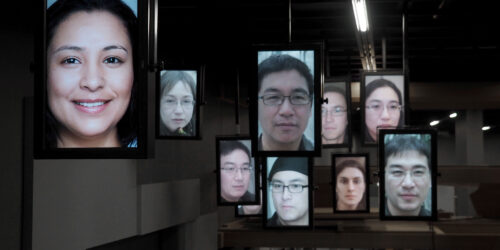
What a Ghost Dreams Of
h.o (INT)
What a Ghost Dreams Of grapples with a new “ghost” of our time: digital surveillance in our society.


